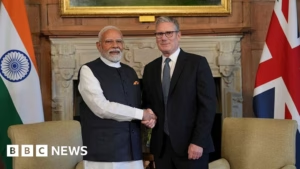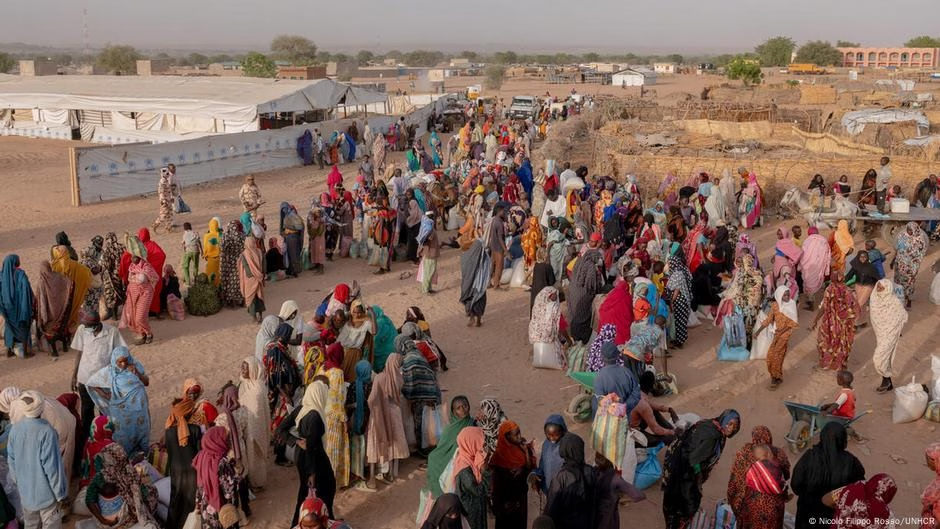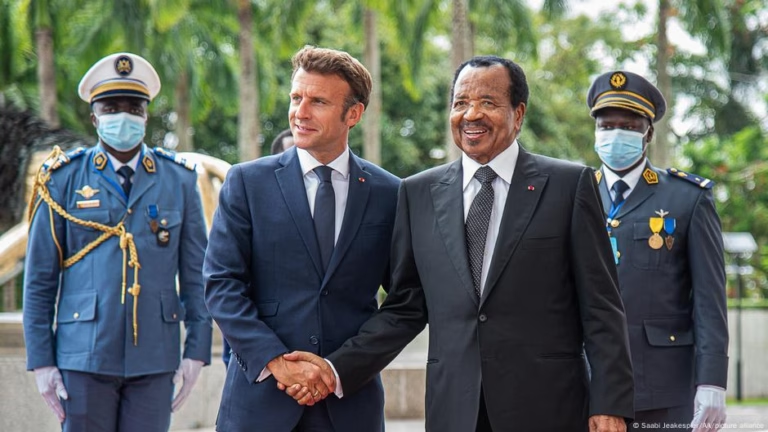Abdouraouf Gnon-Konde, the UNHCR’s regional bureau director for West and Central Africa, noted that risks of protection are increasing due to factors like conflict and climate change, especially for women and children who make up 80% of the forcibly displaced population. Despite these challenges, he observed that many displaced individuals are returning to their home countries whenever conditions allow.
Nigeria, Burkina Faso, and Cameroon account for about 80% of internally displaced persons (IDPs) in the region, with drought, flooding, and ongoing violence being the main drivers for their displacement.
As of January 2025, more than 194,200 IDPs in Mali and 64,700 in the Central African Republic have returned home, as reported by the United Nations.
UN-backed Voluntary Returns
Chad is currently hosting nearly 780,000 individuals who have fled Sudan’s civil war, with an additional 250,000 expected by year-end. The country also accommodates refugees from the Central African Republic to the south and Niger to the west. These groups face unique hardships, straining Chad’s ability to provide refuge.
The UN has been facilitating voluntary returns to countries of origin in West Africa. So far in 2025, over 11,000 refugees have returned to countries including Nigeria, the Central African Republic, and Mali.
Alpha Seydi Ba, a UNHCR spokesperson in Dakar, Senegal, emphasized that repatriations must be voluntary and supported by political peace efforts for successful returns.
“It’s great when people can return home. Exile isn’t a choice; being a refugee isn’t chosen,” Ba commented, noting the importance of rebuilding lives after displacement.
‘Migrants Become Stranded’
Despite some positive outcomes in repatriation, the UN’s regional resettlement quota has significantly decreased by 64% in 2025, compounded by a 50% reduction in the region’s UNHCR budget from 2024 to 2025.
This has limited access to essential resources for displaced persons, exacerbating their vulnerability. Additionally, the number of migrants, including IDPs and cross-border migrants, continues to rise.
Luisa de Freitas, who leads the Regional Data Hub in Dakar for the International Organization for Migration (IOM), highlighted that many individuals migrate for economic reasons, and the increasing riskiness of migration routes due to restrictive policies aimed at curbing migration to Europe has stranded many migrants.
“Migration follows a cyclical pattern, allowing for labor shortages in destination countries and providing migrants with opportunities for employment and education,” explained de Freitas.
She urged European countries to adopt more nuanced migration policies that could benefit both the home and destination nations by fostering regular migration.
Circular migration policies, as recently initiated by Spain, are seen as potentially beneficial, allowing for temporary migration to meet labor needs while providing migrants with educational and employment opportunities.
Edited by: Chrispin Mwakideu





